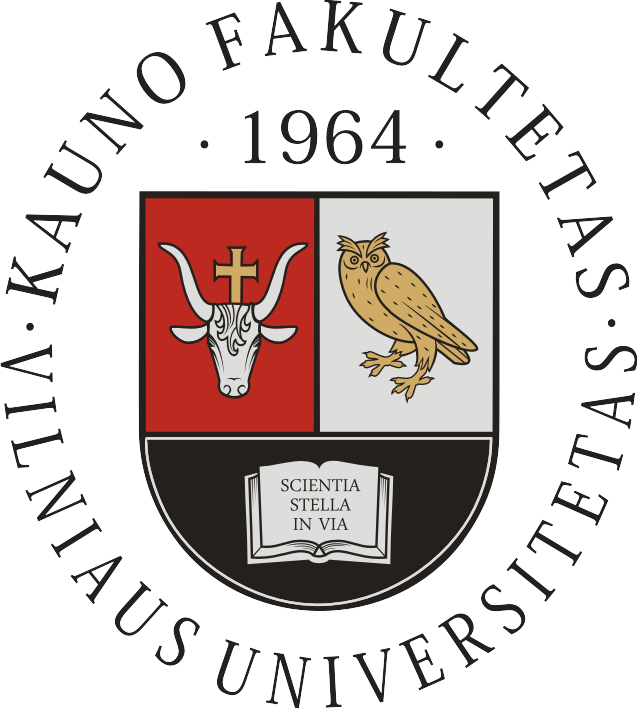Transformations in
Business & Economics
- © Vilnius University, 2002-2020
- © Brno University of Technology, 2002-2020
- © University of Latvia, 2002-2020
Article
CONTRIBUTION OF HIGH-SPEED RAIL (HSR) TO REGIONAL TOURISM DEVELOPMENT: CASE STUDY OF THE HSR NETWORK IN CHINA 5
Mingwei Li, Yunchao Du, Xiaobo Fang
ABSTRACT. The space-time compression effect of high-speed rail (HSR) affects the development mode and spatial pattern of regional tourism and results in a changeover to attract urban tourism. However, only a few studies investigated the contribution value of the HSR network to regional tourism development, thus resulting in certain gaps in theoretical description and model evaluation. To improve the theoretical method and its application in evaluating the contribution of HSR to regional tourism, taking the HSR network in Henan Province in China as the object, the contribution value of the HSR network to the development of regional tourism was explored by using the multi-variable gray model-MGM (1,n) model and the improved versions of the before and after comparison methods. Results show that the HSR network can enhance the level of urban accessibility as well as strengthen the relationship between cities, change the number and frequency of travel, and help promote the rapid development of tourism. In addition, the impact of HSR on regional tourism has a nodal effect, which can stimulate tourism services to gather from non-node cities to stations along the HSR in a short period of time. For cities with similar tourism resources, HSR contributes to the widening gap between the node and non-node cities. For cities with different tourism resources, HSR can promote the balance of tourism services between different cities in the region. Additionally, the HSR network expands the advantages of the tourist area and forms a 4-6-hour HSR tourism circle. The contribution rates of the HSR network to the increase of tourism income in Henan Province in the year 2017 to 2018 were 5.67% and 7.41%, and the contribution rates to the increase in the tourist's number were 4.29% and 4.62%, respectively. Such findings help perfect the deficiency of theory and method in the study of the relationship between HSR and regional tourism. They can also promote the evolution of regional tourism from the development of a single type to the development of network type and accelerate the formation of regional tourism integration and urbanization .
KEYWORDS: high-speed rail network, tourism industry, contribution value, space-time compression effect, gray prediction model.
JEL classification: L83, R12, O18.
5 Acknowledgment: This work was supported by "Human and Social Sciences of the Ministry of Education in China (NO. 19YJCZH082)"; "Postgraduate Education Reform Project of Henan Province in China (NO. 2019SJGLX037Y)"; and "Nanhu Scholars Program for Young Scholars of XYNU (NO. 2017B)".

